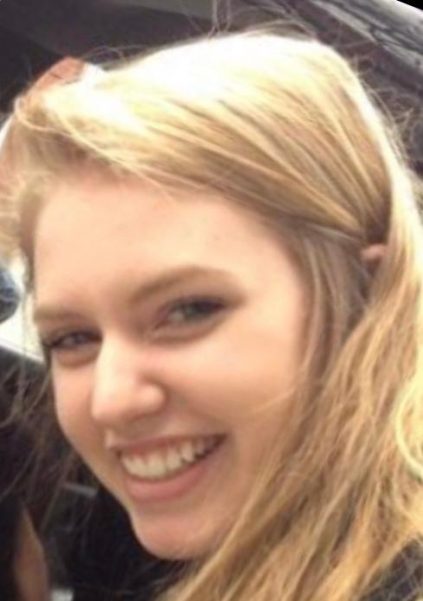Elizabeth Whitmore
Education
- B.S. Medical Biology, University of New England, 2014
Biosketch
In undergraduate school, I majored in Medical Biology, assisted in teaching a biochemistry lab, and gained research experience in a physics lab. These experiences led me to Dr. Olgun Guvench’s lab at the University of New England College of Pharmacy where we focus on biophysics of small molecules using computational methods. I loved the work I was doing here and wanted to continue my education so I began pursuing a Ph.D. at GSBSE. Since starting at GSBSE, I have sharpened my technical skills and learned how to ask the right questions to make me a better scientist.
Research Interests
Dissertation Lab, PI: Olgun Guvench
The Guvench lab studies protein-carbohydrate conjugates found in extracellular matrix and on cell surfaces. These are known as proteoglycans and contain linear carbohydrate polymers known as glycosaminoglycans. These are difficult to study using typical laboratory methods so we use computational modeling and all-atom explicit-solvent molecular dynamics simulations to study the biophysical properties of these complex molecules. For my dissertation, I aim to improve understanding of the structure and thermodynamics of glycosaminoglycans as well as provide biologically-relevant, 3-D, atomic-resolution structures of glycosaminoglycans and in turn proteoglycans.
Rotation Lab, PI: Douglas Sawyer and Sergey Ryzhov
The Sawyer/Ryzhov lab studies myocardial biology and aims to improve understanding of how the heart repairs itself after myocardial injury. During my rotation in this lab, we studied an enzyme known as retinaldehyde dehydrogenase (RALDH) which is involved in cardiovascular development. RALDH1A1 is highly expressed in stem cells and it is thought that inhibition of this RALDH isoform could be a step toward regeneration of heart muscle cells. We implemented a bioluminescence assay protocol to identify a cell line which expresses RALDH1A1 and perform high-throughput screening of potential drug candidates that target RALDH1A1.
Rotation Lab, PI: Dustin Updike
The Updike lab aims to understand the biophysical properties of germ granules in c. elegans and the mechanisms that give rise to the pluripotent and immortal properties of germ cells. During my rotation in this lab, we studied a chondroitin proteoglycan CPG-2 which is found abundantly in the germline of c. elegans and plays a role in embryonic development. We created CRISPR/Cas9 knock-ins with fluorescently-tagged CPG-2. After cloning the sgRNA and GFP::CPG-2 vectors, we injected wild type c. elegans with sgRNA and cpg-2 plasmid DNA to observe the effects of CPG-2 in each stage of development.
Publications
- Whitmore, E.K.; Vesenka, G.; Sihler, H.; Guvench, O. Efficient Construction of Atomic-Resolution Models of Non-Sulfated Chondroitin Glycosaminoglycan Using Molecular Dynamics Data. Biomolecules 2020, 10(4), 537. https://doi.org/10.3390/biom10040537
Selected Services
- Vice President of the GSBSE Student Body (Fall 2018 – Fall 2019)
- First year student coordinator (Summer 2017 – Fall 2019)
Dissertation Mentor
https://gsbse.umaine.edu/people/olgun-guvench/

